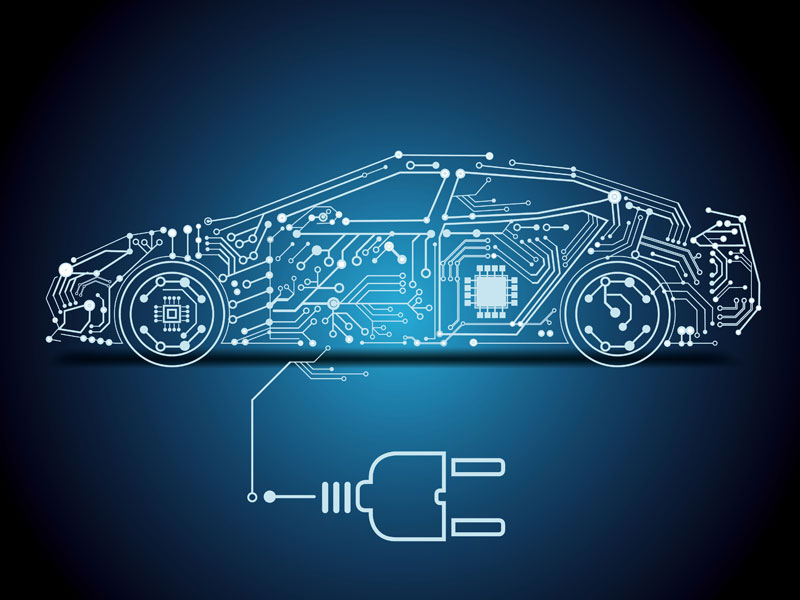The human identity is surely built upon many different traits, but truth be told, none are more defining for us than our tendency of growing on a consistent basis. This willingness to get better, no …
The human identity is surely built upon many different traits, but truth be told, none are more defining for us than our tendency of growing on a consistent basis. This willingness to get better, no matter the circumstances, has brought the world some huge milestones, with technology emerging as quite a major member of the group. The reason why we hold technology in such a high regard is, by and large, predicated upon its skill-set, which guided us towards a reality that nobody could have ever imagined otherwise. Nevertheless, if we look beyond the surface for one hot second, it will become abundantly clear how the whole runner was also very much inspired from the way we applied those skills across a real world environment. The latter component, in fact, did a lot to give the creation a spectrum-wide presence, and as a result, initiate a full-blown tech revolution. Of course, this revolution eventually went on to scale up the human experience through some outright unique avenues, but even after achieving a feat so notable, technology will somehow continue to bring forth the right goods. The same has turned more and more evident in recent times, and assuming one new discovery ends up with the desired impact, it will only put that trend on a higher pedestal moving forward.
The researching teams at Stanford University and Volkswagen Innovation and Engineering Center have formally collaborated to put-together an effort where they will use real-world data to improve EV batteries. As battery management systems in electric cards today routinely record data during braking, acceleration, deceleration, and charging, Volkswagen was able to provide the Stanford team with about 3,750 hours of BMS driving data collected from an all-electric Audi e-tron SUV driven in the San Francisco Bay Area for one year. Once they had the data, the researchers at the university would calculate the electrical resistance experience in battery pack for the given one year duration. Talk about how they calculated this resistance on a more actionable level, the researchers essentially measured abrupt changes in current and voltage in the battery pack using data from 529 acceleration events and 392 braking events recorded during the timeframe. They also measured impedance, a measure of resistance during battery charging, by analyzing 53 different charging sessions. Anyway, doing so got the team to assess two key battery metrics i.e. energy and power.
“Energy gives you the range, or how many miles you can drive with a fully charged battery. Power is the ability to extract energy quickly. When you accelerate, you want to get access to energy and discharge the battery very fast. The less electrical resistance you have in the battery, the more power you have,” said Gabriele Pozzato, a Stanford research engineer and co-author of this study.
Next up, they instilled seasonal weather data to the mix, and as soon as they did that, the researchers discovered how electrical resistance decreased in cooler months and steadily increased in spring and summer, an indication that battery health improves as temperatures rise.
“Higher temperatures raise battery capacity, so you have this feeling that the car has more energy and that you can drive more miles. But if you keep using the battery at high temperatures, it will degrade faster. Those are very tricky factors that affect performance. Next year we’ll expand our dataset to a fleet of vehicles to determine exactly how temperature and aging affect each other,” said Simona Onori, an assistant professor of energy science and engineering in the Stanford Doerr School of Sustainability.
Providing further significance to the entire development is how it is rooted in reality more than all the other experiments we see throughout this spectrum. You see, most automakers use conventional BMS algorithms designed in pristine laboratory conditions to train their EVs, algorithms that typically monitor performance data from a single 4-volt battery cell. On the other hand, though, the data used in this experiment was picked up from a 396-volt battery pack powered by 384 cells.
“New algorithms should focus on the entire battery pack and not individual cells,” Onori said. “We want to design algorithms that educate drivers on how to increase the life of the battery pack, which is the most expensive component of the vehicle. For example, you could alert drivers if they are fast-charging too much or accelerating too aggressively. So much can be learned from field data to make BMS algorithms more robust.”




